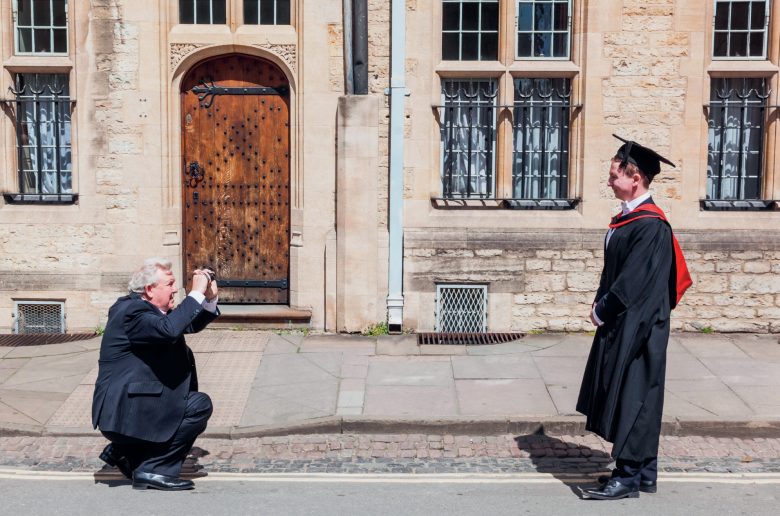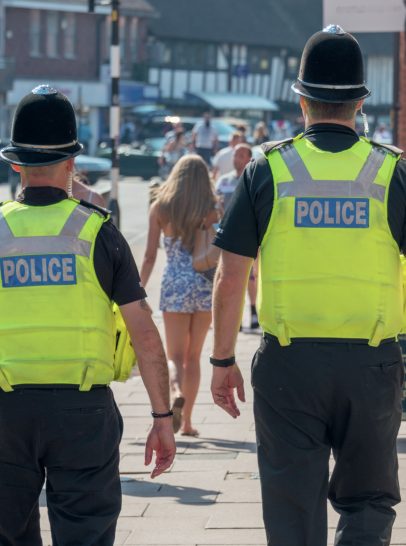
As sociology students, you will be aware that social class impacts on health, and that those from the lower social class groups generally have a shorter life expectancy and poorer health, especially in old age, than those from wealthier and more privileged groups. However, what became clear during the Covid-19 pandemic was that there was another health divide in UK society — namely between the white and the BAME populations. Figures from the Office of National Statistics (ONS) showed that people from all ethnic minority groups, other than Chinese, had a higher death rate than those from the white ethnic population. This was true for both men and women.
However, evidence of such inequalities was not new and had been revealed by many other statistics and research, including that published in The Lancet. The Lancet is an internationally renowned weekly medical journal, founded in 1823 by English surgeon Thomas Wakley. On 28 January 2021 it published a report into ethnic inequalities in health-related quality of life (HRQoL). The report was an analysis of five waves of data gathered between July 2014 and April 2017, i.e. before the emergence of the Covid-19 pandemic. The data came from the English General Practice Patient Survey (GPPS). The GPPS looks at data regularly collected from postal questionnaires sent out to a nationally representative sample of adults registered with an English GP surgery.
Your organisation does not have access to this article.
Sign up today to give your students the edge they need to achieve their best grades with subject expertise
Subscribe




